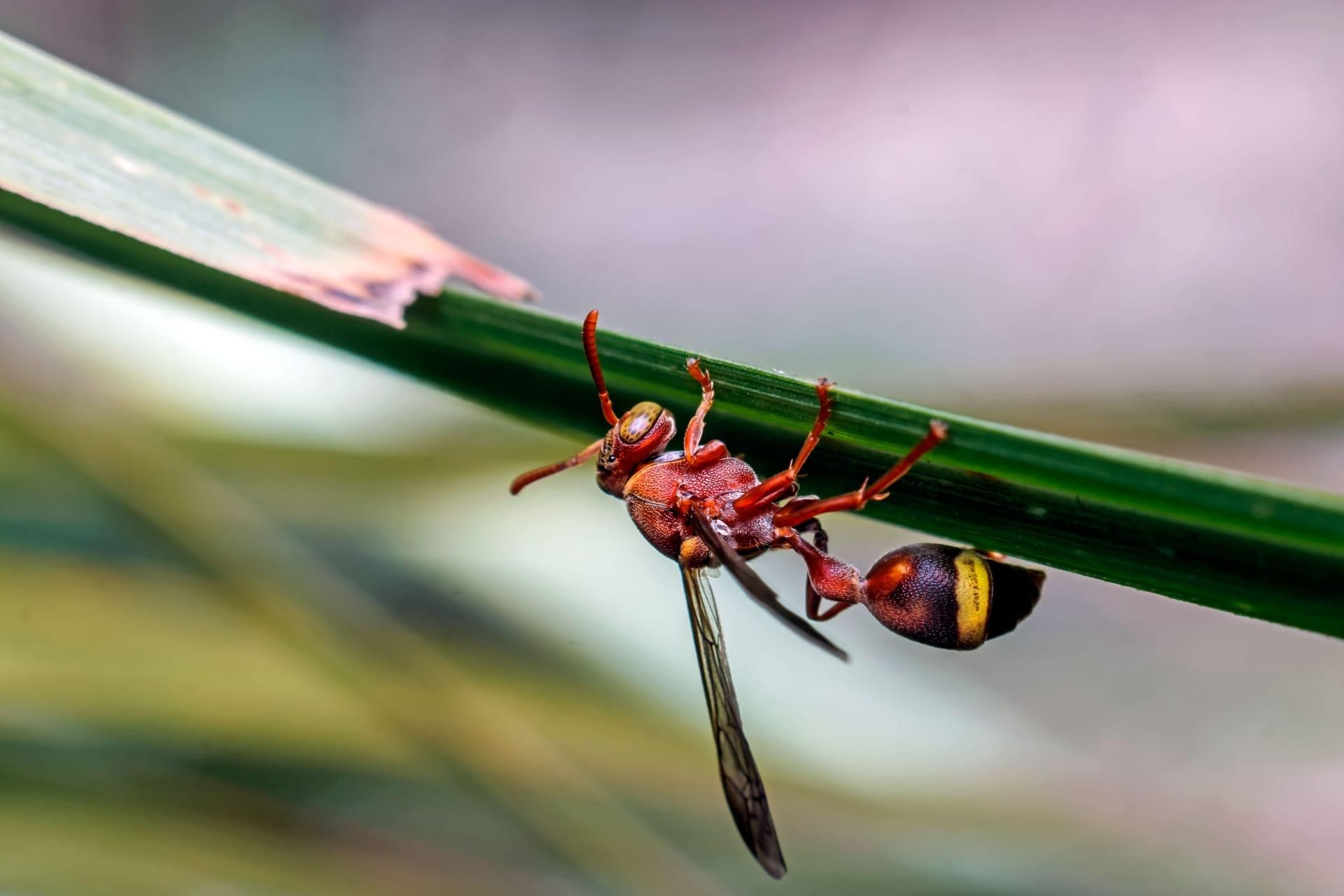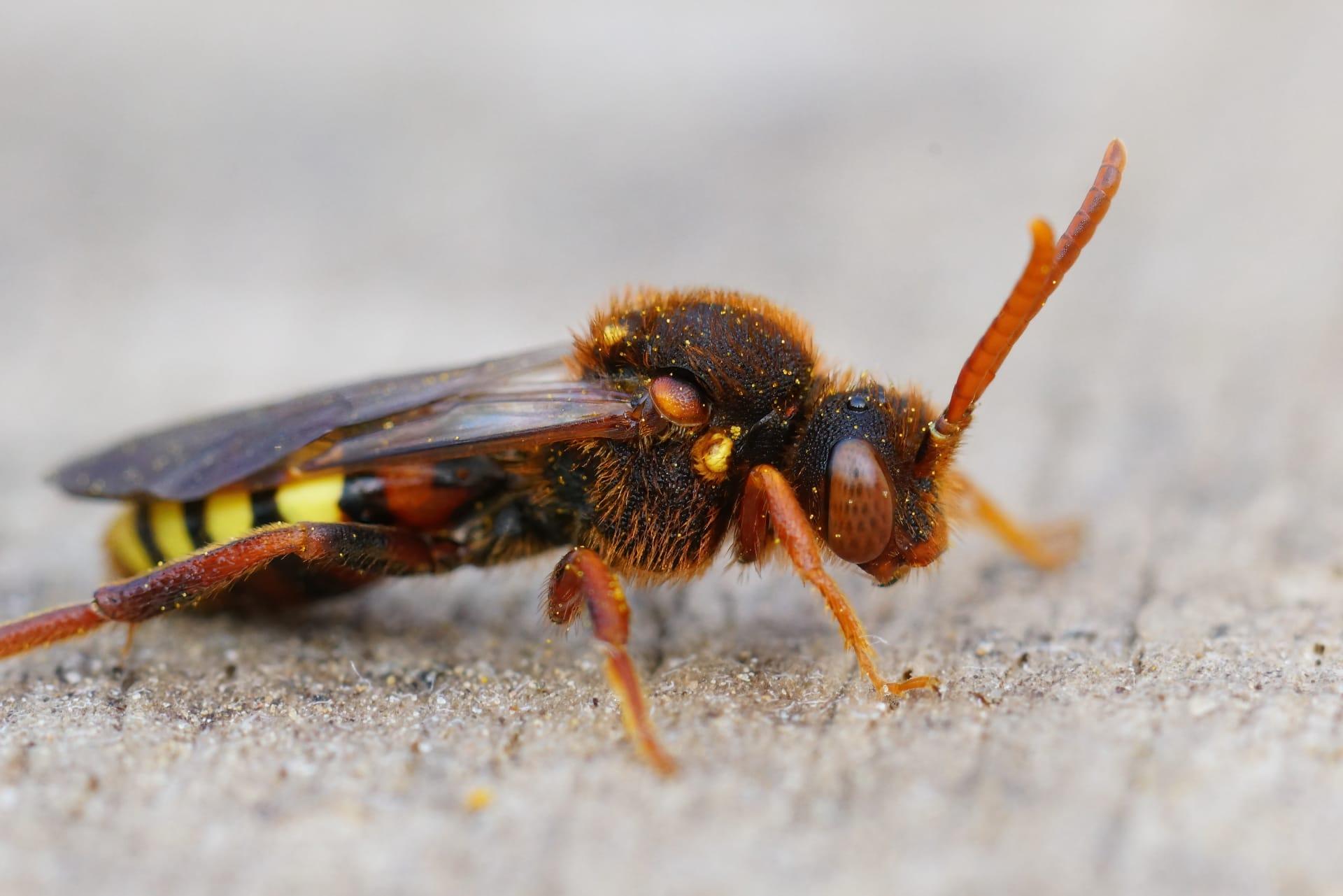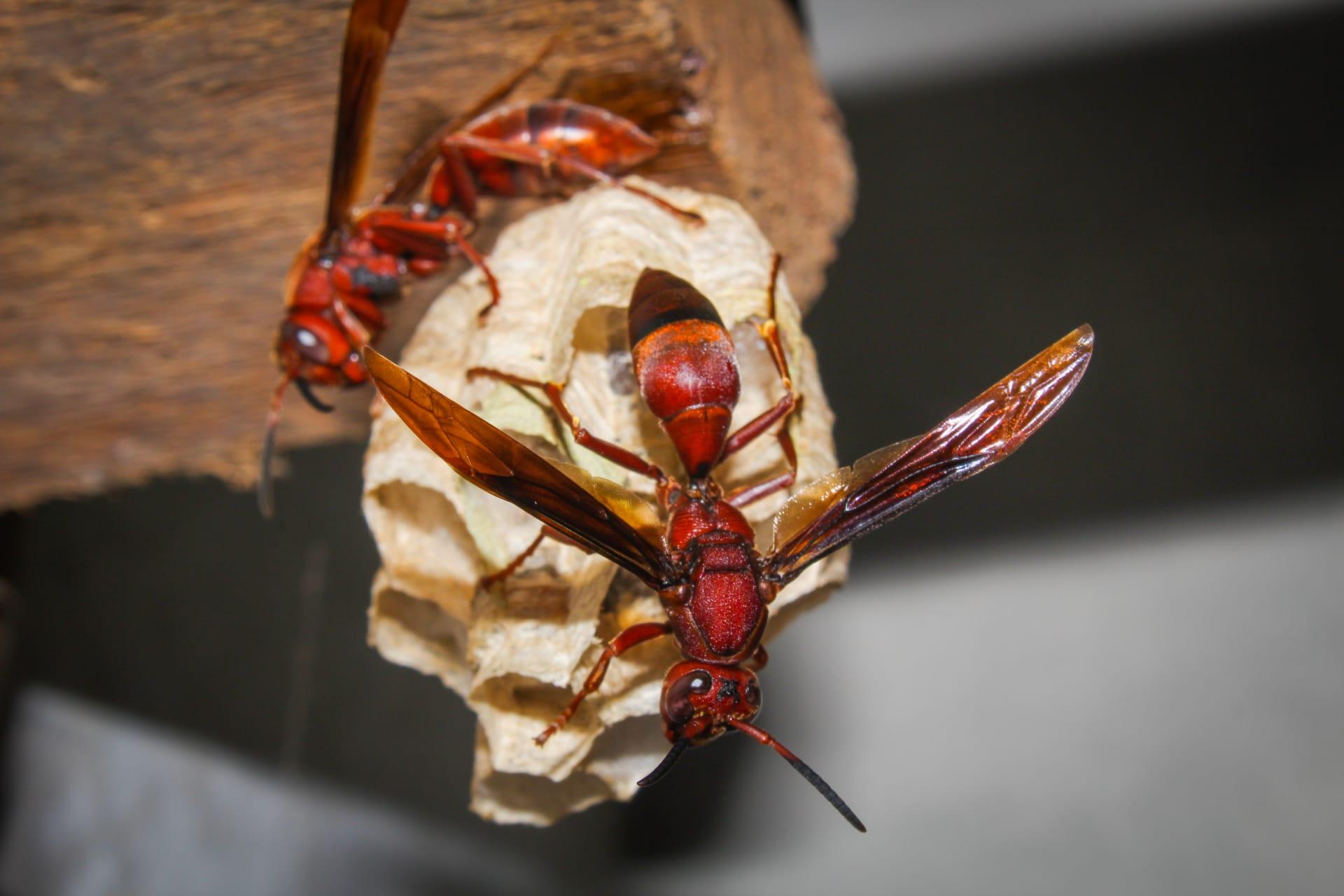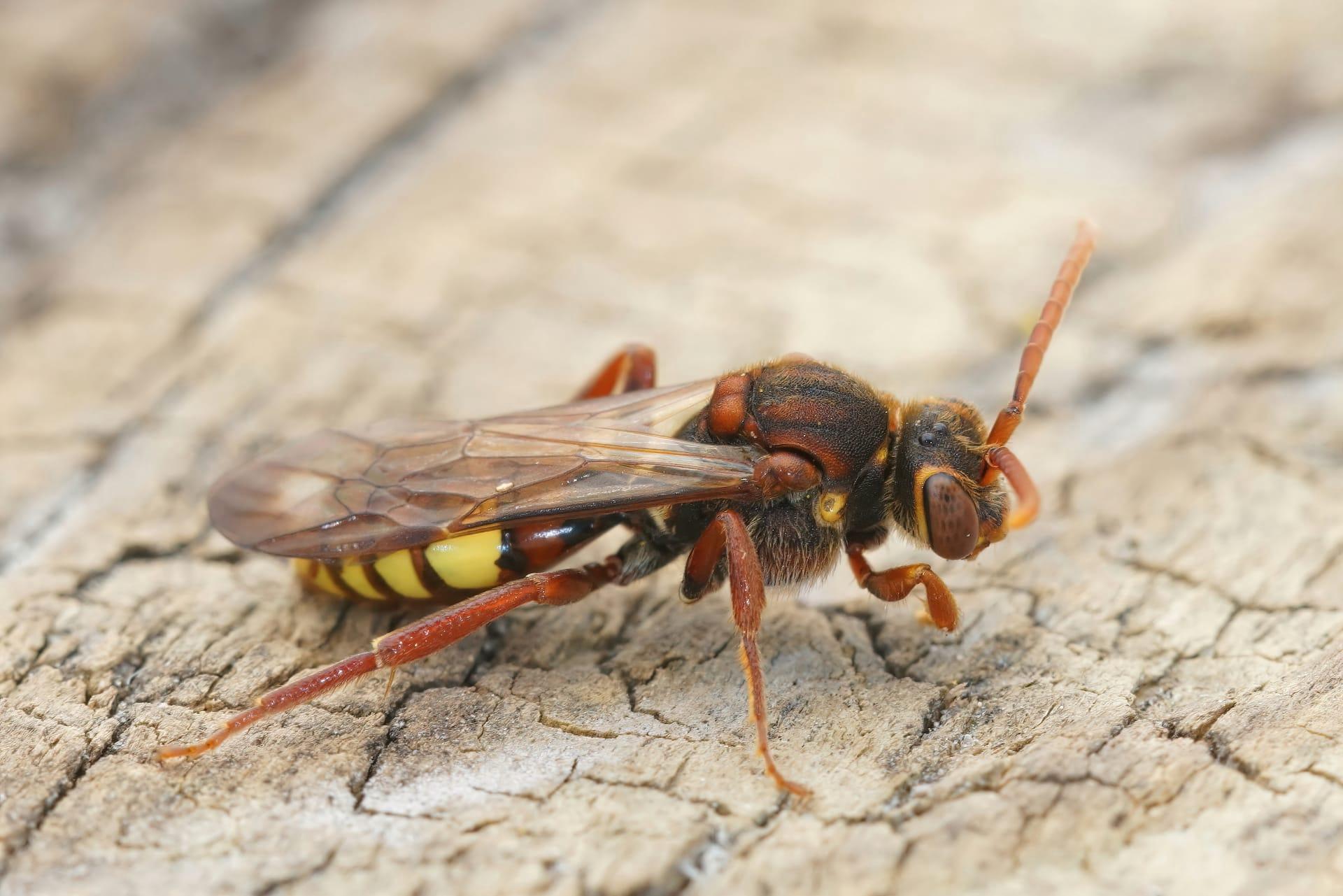Red Wasp Trivia
- Home /
- Trivia Question /
- Animal /
- Red Wasp Trivia
1
Question: What distinguishes the red wasp from other wasp species in terms of appearance?
Answer: Red wasps, scientifically known as Polistes carolina, stand out with their distinct reddish-brown bodies, which can stretch up to an inch in length. Their wings exhibit a unique smoky black color, and unlike bees, they lack the dense body hair, giving them a smoother appearance. The combination of their slender bodies and reddish hue makes them easily identifiable amongst other wasp species.
Question: How does the diet of a red wasp compare to other common wasps?
Answer: Red wasps have a diverse diet, primarily feasting on nectar, which provides them with essential energy. However, they are also carnivorous, preying on various insects like caterpillars, flies, and other smaller bugs, which they feed to their larvae. This diet differs from some wasp species that may prefer specific foods or have a more herbivorous diet, emphasizing the red wasp's adaptability in various environments.

2
Question: Is it true that red wasps are more aggressive than other wasp species?
Answer: This is a common misconception. While red wasps can be territorial and will defend their nests vigorously, they are not inherently more aggressive than other wasps. Their defensive behavior is often mistaken for aggression. They usually only attack if they feel threatened or if their nest is disturbed.
Question: Do red wasps sting multiple times, and is their venom more dangerous than other wasps?
Answer: Unlike bees, red wasps can sting multiple times because their stingers don't detach after use. However, their venom is not significantly more potent than that of other common wasp species. The severity of a sting largely depends on individual allergies and the number of stings received rather than the wasp species itself.

3
Question: How do red wasps build their nests, and where are they commonly found?
Answer: Red wasps construct their nests by chewing wood fibers mixed with their saliva, creating a paper-like material. They typically build their nests in sheltered areas like eaves of houses, attics, or under tree branches. The nests have a distinctive umbrella shape, often housing a colony of 20-30 wasps.
Question: What role do red wasps play in the ecosystem?
Answer: Red wasps are vital for the ecosystem due to their roles as both pollinators and predators. As pollinators, they help in the fertilization of many plants and flowers. As predators, they control populations of various insects, thereby maintaining a balance in the ecosystem. This dual role highlights their importance beyond their often-feared sting.

4
Question: What is the lifespan of a red wasp, and how does it compare to other insects?
Answer: The average lifespan of a red wasp is about one season, typically from spring to fall. The queens, however, can live longer, usually surviving through winter to start a new colony in the spring. This lifespan is relatively short when compared to some other insects, but it's typical for many wasp species.
Question: Are red wasps solitary or social creatures, and how do they interact within their species?
Answer: Red wasps are social insects, living in colonies that can house a few dozen to over a hundred individuals. Within these colonies, there is a strict hierarchy, with a single queen who lays all the eggs and worker wasps that forage for food, care for the young, and protect the nest. This social structure is crucial for their survival and is a fascinating aspect of their behavior.

5
Question: Can red wasps recognize individual human faces, and how do they interact with humans?
Answer: There is no scientific evidence to suggest that red wasps can recognize individual human faces. Their interaction with humans is generally defensive rather than curious or friendly. If they perceive a threat to their nest or themselves, they may become defensive, but they do not seek out human interaction.
Question: How do red wasps communicate with each other within the colony?
Answer: Red wasps communicate primarily through pheromones, chemical signals that can indicate various needs and warnings, such as food sources or threats to the nest. They also use body language and vibrations to convey messages. This complex communication system is essential for the functioning and survival of their colonies.